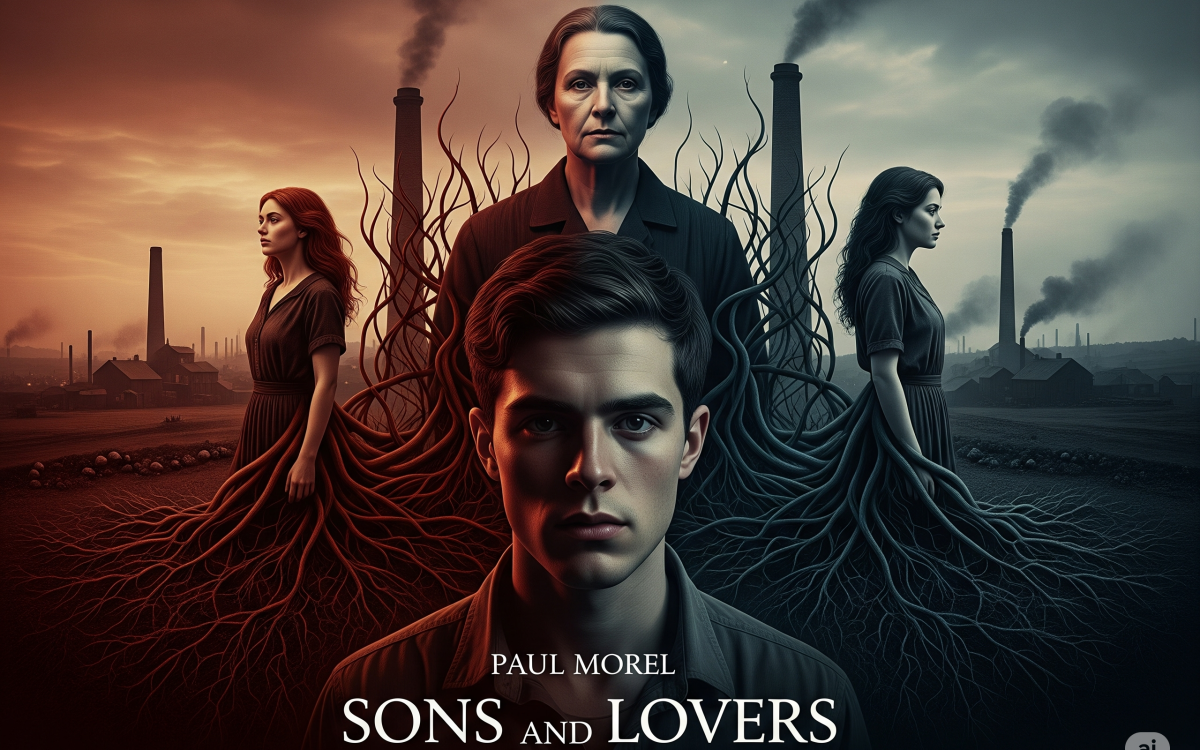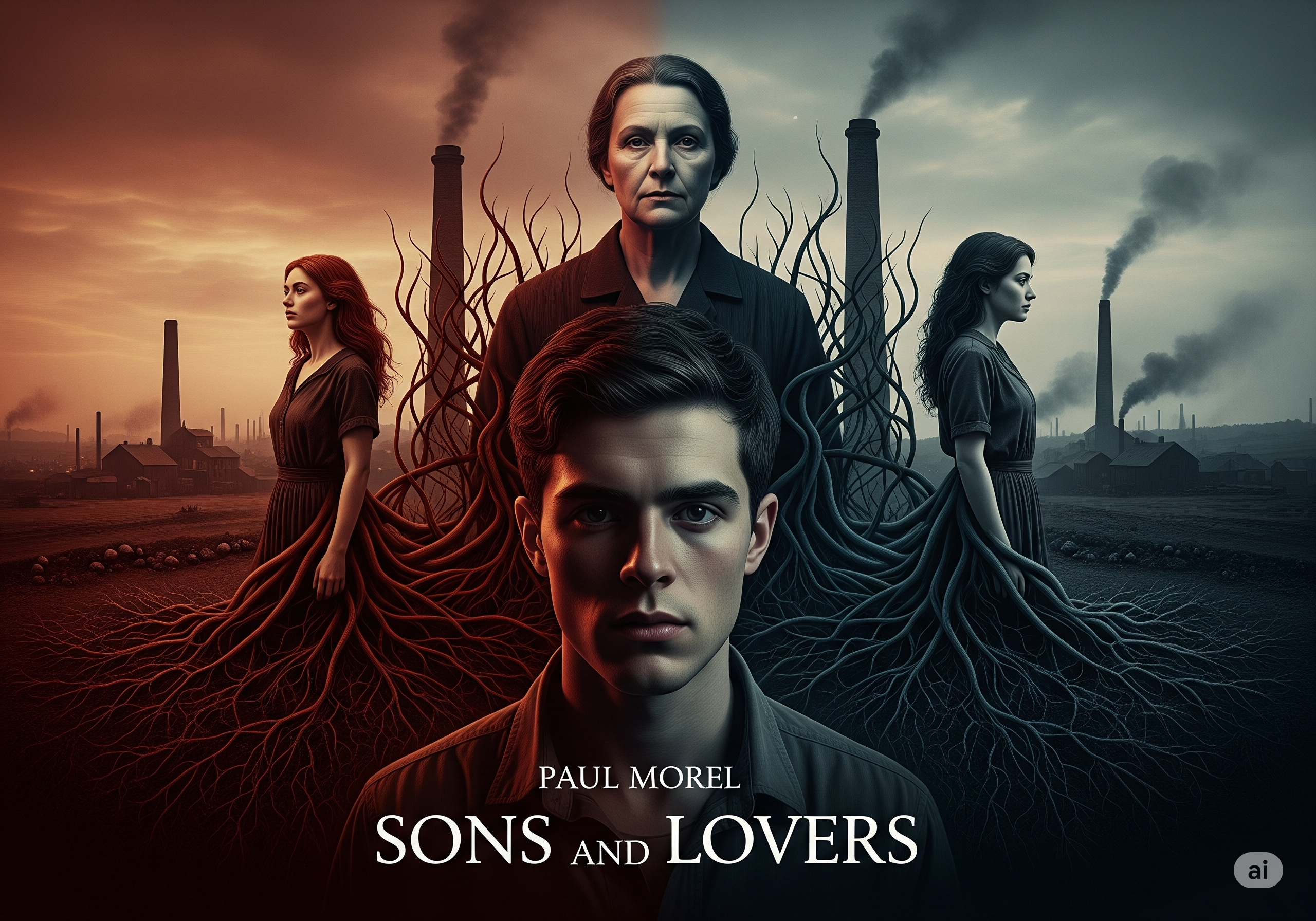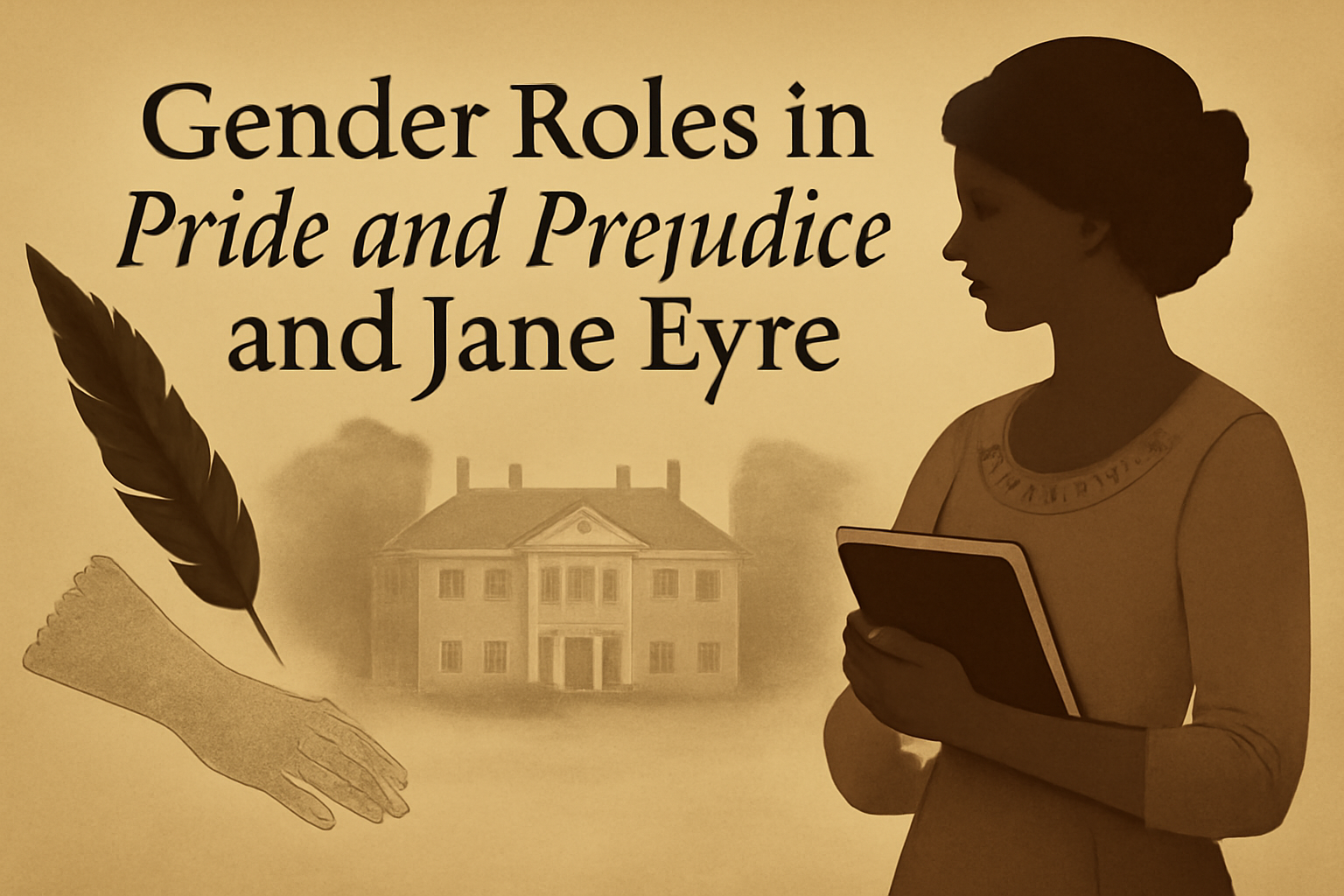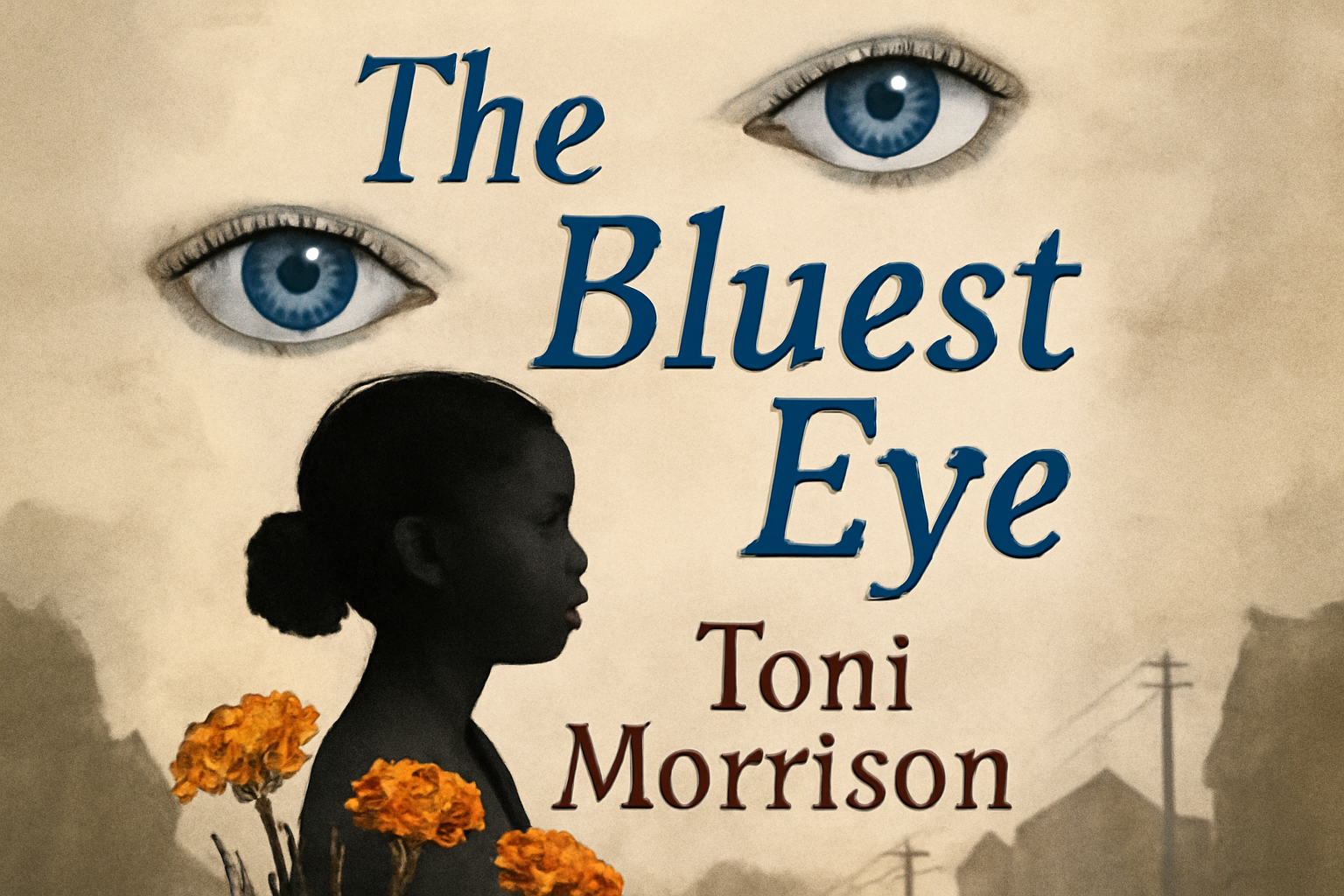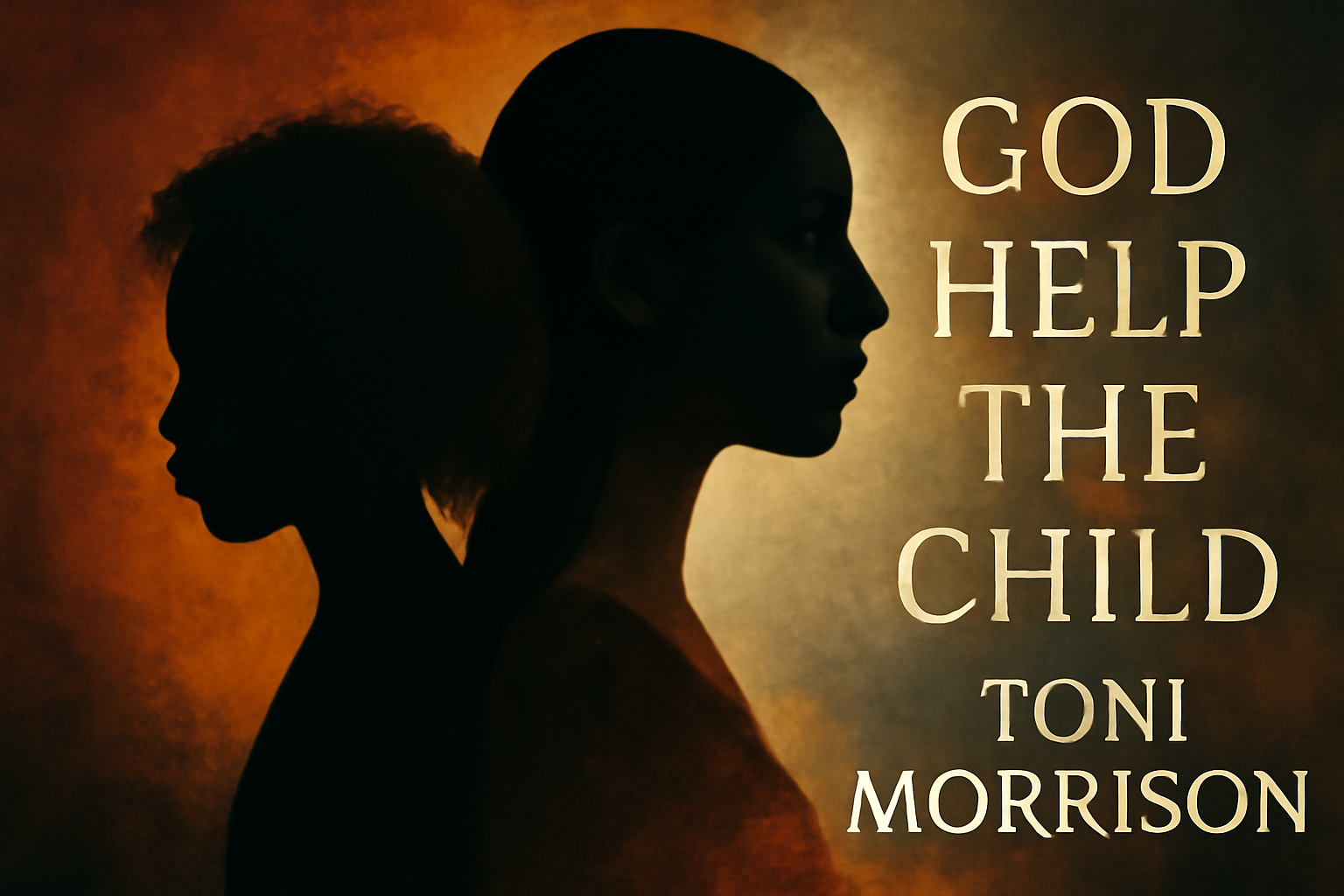Introduction
There’s a peculiar ache that hovers over every page of Sons and Lovers. D.H. Lawrence isn’t just telling a story. He’s wrenching the most intimate parts of his own biography and transforming them into art. For readers old and new, there’s a magnetic draw: a sense that buried under the surface, universal pains and yearnings hum, waiting to be understood all over again.
In this post, I want to trace the psychic tendrils that make Sons and Lovers not only a classic of English fiction but a blueprint for how we navigate loyalty, desire, and selfhood. Every so often, Lawrence’s prose will make you uncomfortable; sometimes, it’s almost unbearably poignant. I’ll draw on criticism, my personal reflections, and close reading to shed new light on one of literature’s most enduring novels.
The Heart of the Novel: Maternal Power and Emotional Dependency
The Oedipal Core
You can’t approach Sons and Lovers without talking about its Freudian undercurrents. The relationship between Paul Morel and his mother, Gertrude, is one of the most famous literary illustrations of the Oedipus complex. Lawrence, deeply attached to his own mother, exposes the uncomfortable dynamics that arise when love spills over expected boundaries without flinching.
Gertrude Morel may be one of the most psychologically rich mothers in English fiction. She is trapped in a withering marriage to Walter Morel, a miner who seems to possess warmth only in the abstract. Because of this, she pours her ambitions and affection into her sons. At one point, Lawrence writes that Mrs. Morel’s love for her sons “bears the intimacy of lovers.” This unsettling truth forms the bedrock of Paul’s struggle. His attempts to find love with women are overshadowed by an emotional loyalty to his mother that verges on obsession.
But Lawrence doesn’t simply ape Freud. He complicates the Oedipal narrative. Gertrude herself is just as emotionally dependent on her sons as they are on her. She draws power and validation from this, creating a feedback loop that neither can break easily. The result is that each of Paul’s relationships with women is haunted by the mother’s shadow. This dynamic continues to resonate with readers who recognise the interminable pull of family. FULL TEXT
Characters as Psychological Archetypes
Let’s pause for a moment and look at how Lawrence sketches his major characters:
Paul Morel: Sensitive, artistic, and painfully torn between duty and desire. His journey is one of self-discovery and painful growth, never quite arriving at wholeness.
Gertrude Morel: Intelligent, proud, and deeply unhappy in her marriage, she transfers her emotional energies into her sons. Her ambitions and disappointments form the psychological crucible of the novel.
Walter Morel: More symbol than man, he represents a kind of lost masculinity—a jovial miner who ultimately becomes isolated, unable to communicate in either language or feeling with his family.
Miriam Leivers: Ethereal, spiritual, and devout, she is Paul’s first true love but cannot offer the physical connection he unconsciously craves.
Clara Dawes: The embodiment of sensuality and independence, Clara represents another avenue of love—one that is bodily and fierce, yet ultimately unsatisfying for Paul, still shackled by his mother’s influence.
Each character is less a person and more a force—a cluster of desires and anxieties. This is what gives the novel its overwhelming urgency: every scene feels like a new negotiation between flesh and spirit, duty and rebellion.
Themes: Love, Class, and the Prison of Expectation
Love Unfulfilled
The novel’s subtitle might as well be “a study of doomed love affairs.” Paul’s relationships with both Miriam and Clara are marred by an inability to fully commit to either, as he remains emotionally bound to his mother. Each love story begins with the promise of transcendence but ends in frustration. However, Lawrence uses these failures to explore the limitations of human connection, not merely as a function of individual shortcomings, but as a result of psychological and societal constraints.
The Grip of Class
Lawrence’s personal background seeps into every page. Bestwood, the Nottingham mining town, is not a mere setting but a character in its own right. Lawrence portrays the crushing reality faced by working-class families. These include their aspirations, hardships, and the unrelenting pressure to remain in one’s social segment. The novel critiques not just romantic attachment, but also class attachment. Upward mobility is hard won, and escape from economic determinism is just as difficult as liberation from a domineering mother.
Sexuality and Spirituality
With Miriam, Paul’s connection is chaste but “stifled by halos”; with Clara, it’s passionate but “starved for meaning.” The novel doesn’t simply discuss sex; it questions whether passion and spirituality harmonise in love, or whether the two remain permanently at odds in a world shaped by Victorian repression and emergent modernity. CRITICAL INSIGHTS
Literary Technique: Imagery, Symbolism, and Structure
The Language of Fire
Fire is a recurring motif, symbolising passion and the dual capacity for warmth and destruction within relationships. From early scenes, Gertrude is drawn to Walter’s “sensuous flame of life.” Fire threads the emotional palette of the book, even in heated moments of conflict. Lawrence’s imagery blurs the line between body and environment. The pit-heads, kitchen hearth, and the oppressive colliery landscape serve as symbols for states of mind.
Zooming In and Out
Indeed, Lawrence was a pioneer of literary technique. Moreover, the narrative alternates between “slow motion” psychological intimacy and “fast-forward” panoramic sweeps of time. As a result, this creates a sense of dramatic tension: the reader is at once pulled deeply into individual consciousness and reminded of the larger, unyielding forces—class, gender, fate—bearing down upon the characters.
Dialogue and Dialect
The dialogue—sometimes described as thick with Nottinghamshire dialect—serves not just realism but further underscores the social divide between characters, especially between Walter and the rest of his family. This linguistic tension mirrors the emotional and intellectual distance within the Morel household.
Sons and Lovers in the Literary Canon
It’s almost a cliche at this point to call Sons and Lovers a classic, but for good reason. On publication, the novel shocked with its candour and its portrayal of taboo themes, notably female sexuality and maternal possessiveness. Today, critics recognise it as pioneering literary modernism—blending psychological depth, social critique, and stylistic experimentation.
What distinguishes Lawrence’s novel is not just what it says about families, but how it says it: with a lyrical yet unsparing honesty that forces even the modern reader to confront difficult questions. READ OTHER AUTHORS
Reflecting on Sons and Lovers: Personal Insights
Reading Sons and Lovers as an adult feels hauntingly familiar. This might be as a son, a parent, or just someone who has faced the strange tug-of-war between love for family and the desire for independence. Years ago, I remember encountering that famous scene where Paul wishes to “build a life with his mother in a cottage, away from the world.” The scene is chilling in intensity but deeply human in its longing for acceptance and security.
Lawrence’s genius lies in convincing us that no psychic conflict is truly private. Even our most secret wounds are shared wounds, shaped by family, history, and culture. At times, the novel feels therapeutic. It recognizes that the pursuit of autonomy is always a negotiation, never a clean break.
Sons and Lovers as a Universal (and Timeless) Tale
What resonates most, after all these years, isn’t just the Oedipal drama or the critique of Edwardian society. It’s the ache of trying to love well in a world that confuses, constrains, and sometimes defeats us. There’s a certain messy, beautiful truth in Lawrence’s depiction of desire: sometimes it liberates, sometimes it suffocates, often it does both at the same time.
In Paul’s failure to form a relationship outside the shadow of his mother, we see not only a personal tragedy but a universal one. We all carry ghosts, hopes, and disappointments from childhood—sometimes they are wounds, sometimes secret sources of strength.
Sons and Lovers endures because it holds space for both the trauma and the tenderness of human development.
Conclusion
If you’re looking for a novel that dives beneath polite social surfaces to the primal drama of love and allegiance, this is it. It’s a book that refuses easy resolutions—whether in romance, family, or the struggle for individual freedom.
From the coal-blackened streets of Bestwood to the fractured hearts of the Morel family, Lawrence shows us what it means to feel too much. This happens in a world that sometimes values stoicism over sensitivity. Moreover, few novels lay bare the fault lines between love and freedom as relentlessly as this one. Few also evoke the bittersweet joy of growth—the pain of becoming who we are meant to be—quite so brilliantly.
Frequently Asked Questions (FAQs)
1. What is Sons and Lovers by D.H. Lawrence about?
Sons and Lovers explores the complex emotional relationships within the Morel family, focusing on Paul Morel’s struggles with love, independence, and his intense bond with his mother. The novel examines themes of passion, class, family, and psychological development.
2. Is Sons and Lovers based on D.H. Lawrence’s own life?
Yes, the novel is considered highly autobiographical. Paul Morel’s experiences and his relationship with his mother closely mirror Lawrence’s own life and family dynamics.
3. Why is the mother-son relationship so central in the novel?
The powerful bond between Paul and his mother, Gertrude, drives much of the novel’s conflict. This relationship prevents Paul from fully committing to other women, highlighting themes around the Oedipus complex and familial loyalty.
4. What are the main themes of Sons and Lovers?
Key themes include the influence of family, the struggle for individual identity, class dynamics, unfulfilled love, the conflict between passion and spirituality, and the challenge of breaking free from one’s origins.

